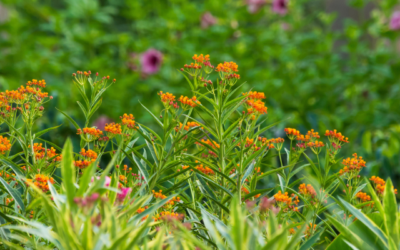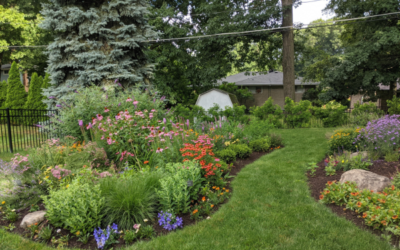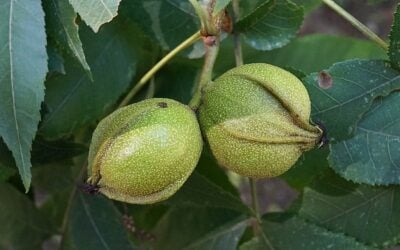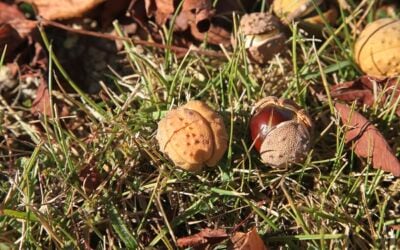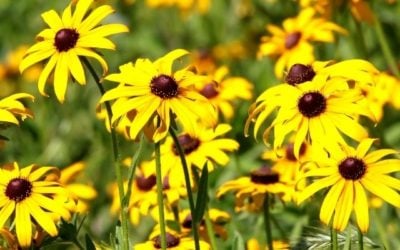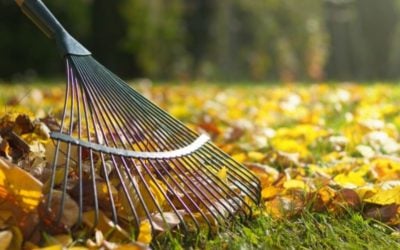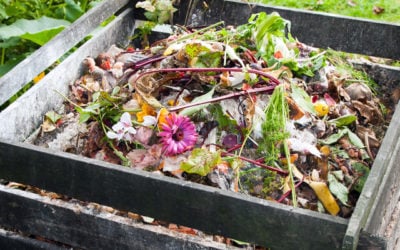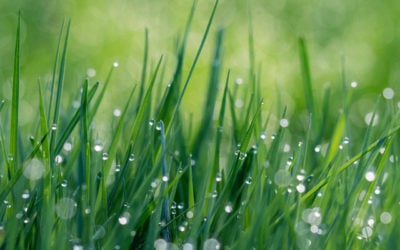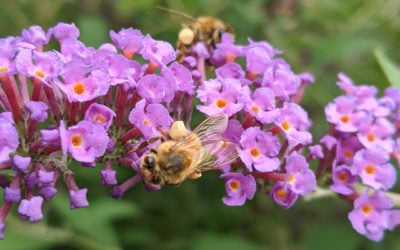Cold-Weather Cultivation: 8 Steps to Winter Sowing and Seed Stratification

No need to let winter slow you down in the garden! Winter Sowing turns ordinary milk jugs into mini-greenhouses, mimicking the conditions that are ideal for seed starting. It’s a fun way to keep busy and give your seeds the cold kick they need to grow. So, let’s get into the easy and budget-friendly world of winter sowing. Ready to keep that green thumb active even before spring officially rolls in? Here’s how:

Step 1: Gather Containers: Collect milk jugs, vinegar jugs, or similar containers. Opt for vessels tall enough to house approximately 3 inches of soil along with sprouted seeds. 2-liter soda bottles or repurposed rotisserie chicken containers also prove suitable for this gardening venture.
Step 2: Prepare the Containers: To facilitate drainage, puncture holes in the container bottoms. A handy tip: heat the tip of a Phillips screwdriver over a flame for an effortless puncture process. Now, cut the container around 4 inches from the bottom, leaving an inch or two intact behind the handle to function as a convenient hinge.

Step 3: Fill with Damp Soil: Populate the bottom portion with 3 inches of moist soil, setting the stage for optimal seed germination.

Step 4: Sow the Seeds: Plant the seeds as directed, taking note of individual preferences for depth. Some seeds prefer direct contact with the soil surface, while others thrive when covered.

Labeling (Optional): For an added level of organization, add a plant tag. Pro tip: Protect your labeling from sunlight-induced fading by placing the marker inside the jug.

Step 5: Seal and Secure: Close the jug securely, utilizing duct tape all around. Leave the plastic cap off to facilitate air circulation and water entry.

Step 6: Outdoor Placement: Position your container(s) in a sunny outdoor location that receives natural rainfall. Avoid placing them under eaves that might impede rain access.
Step 7: Monitor Temperatures: Keep a watchful eye on unexpected warm temperatures, as excessive heat may pose a threat to sprouted seeds. A simple remedy involves removing tape and opening the jugs until temperatures cool down, then resealing the containers.
Step 8: Transplanting Time: Once your sprouts have blossomed into a lush greenery that fills the jug, it’s a clear signal to embark on the next step—transplanting!
As those winter-planted seeds bloom into lively green wonders, Winter Sowing proves nature’s resilience and adaptability. Turning regular containers into growth hubs is a simple nod to the marvels of gardening, even in the heart of winter. So, as your little sprouts signal the imminent spring, take pride in this innovative gardening journey that dances to its own beat. Winter Sowing doesn’t just stretch the gardening season—it’s an invitation to witness the beauty of life stirring from its winter nap.
More Articles for a Healthy Yard and Home
How To Fight Stream Pollution Through Effective Stormwater Management
In this guide, we’ll explore and address how pollutant loading in streams is crucial for the well-being of both watersheds and communities.
Roots of Sustainability: Understanding the Importance of Trees in Urban Living
A healthy urban tree canopy has a profound and positive impact on community quality of life in various ways. Recognizing the value of urban trees and investing in their preservation can contribute to sustainable, resilient, and vibrant urban living.
Shrink Your Lawn: A Guide to Growing More Native Plants
In this guide, we’ll explore the importance of reducing your lawn’s size and explain the many benefits it brings, both for your wallet and the environment.
How to Know When Native Seedlings are Ready to be Harvested
It is important to determine when native seedlings are ready for harvest. Not sure how to? Check out our guide to harvesting native seedlings.
Harvesting Guide for Native Seedlings and Plants
Stearns Native Nursery is always in need of native trees and seedlings. To get your native plants to the Stearns Nursery, follow this harvesting guide.
How to Add Native Plants to Your Garden
Many of us have chosen to cultivate species and landscapes that are not naturally-occurring in our region. It’s wasteful, expensive and detrimental to wildlife who encounter reduced availability of the native species upon which they feed.
Wildlife-Friendly Fall Yard Cleanup
Before any landscape program begins, assess the current conditions of your home landscape. This assessment will help you to identify and prioritize future projects and allow you to appreciate all the positive changes you’ve made.
Composting 101
Before any landscape program begins, assess the current conditions of your home landscape. This assessment will help you to identify and prioritize future projects and allow you to appreciate all the positive changes you’ve made.
Turf Grass Care
Before any landscape program begins, assess the current conditions of your home landscape. This assessment will help you to identify and prioritize future projects and allow you to appreciate all the positive changes you’ve made.
What is a Pollinator Garden?
Before any landscape program begins, assess the current conditions of your home landscape. This assessment will help you to identify and prioritize future projects and allow you to appreciate all the positive changes you’ve made.

